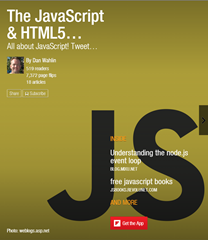Video: Creating an N-Layer ASP.NET Application (Updated)
In this video tutorial I walk through the fundamentals of creating an N-Layer ASP.NET application. What's "N-Layer" you ask? N-Layer can be interpreted many different ways, but I generally use the term to mean separating presentation, business and data code into individual code layers. Doing this allows code to be re-used throughout an application and prevents unnecessary clutter in ASP.NET code-behind classes. This video covers creating presentation, business and data layers and also covers another layer I normally add to projects that I refer to as "Model". The model layer contains data entity classes that are used to pass data between the different layers.
If you're currently embedding all of your code directly in ASP.NET pages, this video will help get you started on the road to recovery. I'm kidding of course, but if you want to build more re-useable and maintainable applications you'll want to segregate your code into different layers at a minimum. Other types of architectures can certainly be applied as well.
My article in asp.netPRO Magazine that compliments the video can be viewed here.
![]()
Thanks to Orcsweb for hosting my website (http://www.xmlforasp.net) and for giving me space to host videos! If you're looking for a host I highly recommend them. You won't find better service anywhere.
Subscribe to my Free FlipBoard Magazines: | ||||
 |  |  |  |  |

